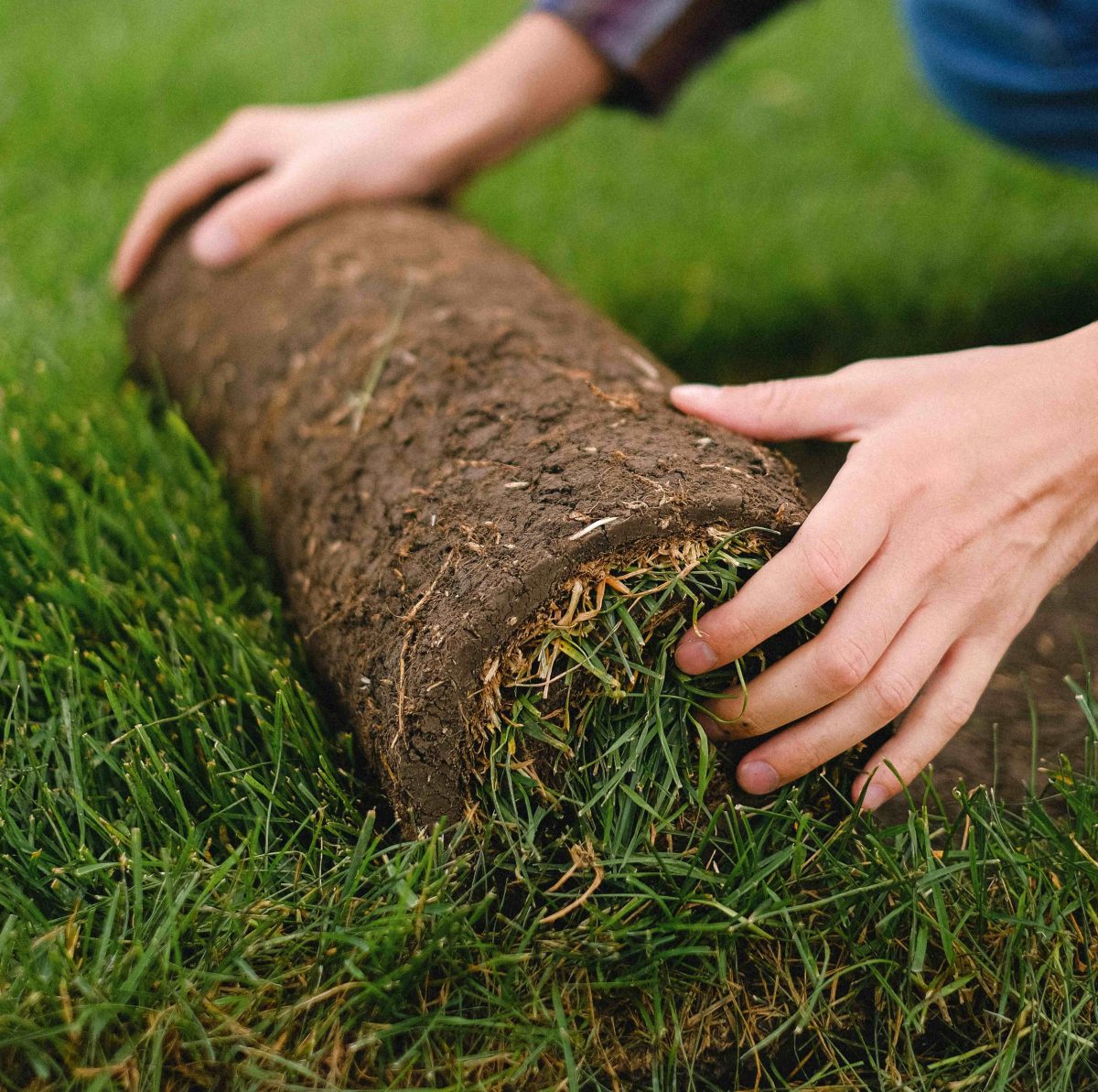
MBS Turf Tips
Turf is the perfect option for anyone looking to give their backyard a fresh new look.
The key to laying turf successfully is getting the grass in good condition before you install it.
This article will go over the basics of how to lay turf the right way.
STEP 1: PLAN FOR YOUR NEW TURF
WHEN IS THE BEST TIME TO LAY YOUR TURF?
The ultimate time to lay turf is during September to November when the temperature is milder.
CAN YOU LAY TURF IN WINTER?
Yes, you can lay turf in winter. However, it’s a tough job to start with so be sure ground is well prepared before laying turf in winter
WHAT TOOLS WILL YOU NEED?
● Rotary Hoe – or Mattock if you do it by hand
● Wheelbarrow
● Garden hose and sprinkler
● Gardening gloves
● Work boots
● Tape measure
● Rake
● Garden Shears
● Long knife or old hand saw
● Spreader
● Lawn roller to smooth out the surface
HOW LONG WILL IT TAKE?
For experienced turf installers they’ll have your new lawn laid in no time, but for the DIY homeowner, expect to carve out around 2 hours per 50m² of turf.
STEP 2: CHOOSE THE RIGHT TURF
Here are the most popular natural turf varieties to choose from at MBS:
. Buffalo (Sir Walter) – The most popular lawn Australia wide. Its broad leaf makes it more shade tolerant, and its root system grows deep into the soil allowing it to be a more drought tolerant and green grass all year round.
. Eureka Kikuyu – A proven performer in most Australian climates, Eureka Kikuyu is a vigorous grower that stands up to a wide range of conditions. Medium-coarse bright green leaves Reasonable cold weather tolerance Maintains growth and colour into autumn and early winter Good resistance to wear and recovery is rapid Maintains even colour year round in warm climates
. Nullabor Couch – Nullarbor Couch, selected by Lawn Solutions Australia as the very best performing couch turf for your home lawn, sporting surface or commercial project. It is the couch variety that is best suited to your region and is the perfect choice in couch grass. It has: a fine leaf blade & dark green colour a strong horizontal growth habit that makes it tolerant of low mowing low dormancy which means it has an early start to growth after winter, a rapid recovery from wear and other stresses, good tolerance of broadleaf herbicides for weed control excellent wear tolerance.
. Sir Grange – Sir Grange is a fine bladed premium turf variety, which has high shade tolerance and very low nutrient and water requirements. Sir Grange was originally developed for the golf industry but it was soon discovered that due to its characteristics, it would make a fantastic home lawn. Its adaptability to a variety of climates and its beautiful dark green leaf have seen it become one number in its class in the USA.
. TifTuf (Bermuda) – TifTuf has a very fine leaf blade with dense growth, making it ideal for a wide variety of applications. Its density enables it to handle high wear situations like backyards and sports fields whilst its fine blade ensures shade tolerance and a very soft leaf to walk on. TifTuf Bermuda has been scientifically forged to produce a great looking all round lawn with superior qualities whilst requiring minimal inputs.
STEP 3: PREPARE YOUR SOIL
HOW DEEP SHOULD MY TOPSOIL BE/HOW MUCH DO I NEED?
Typically you’ll need between 10-15cm of turf underlay soil.
To help with calculating the lawn area volume, that would equate to either 0.1 metres for 10 cm or 0.15 metres for a depth of 15cm.
In order to calculate the amount of soil you need, you multiply the turf area in square metre by the depth to get your volume
HOW TO LEVEL A LAWN
To lay a new lawn, first clear the area of all debris.
Remove any existing turf or weeds that may be there as well by using a Sprayer with Glyphosate (Roundup) around 2 weeks before laying down your new grass.
Prepare the soil by tilling for at least 10cm to ensure drainage so the water doesn’t become trapped in low lying areas, making it difficult for plants such as mosses and lichens to grow successfully.
HOW QUICKLY SHOULD TURF BE LAID?
Within 24 hours of its delivery if possible.
HOW TO LAY TURF
If laying turf on slopes, lay rolls across slopes rather than down.
Smooth out any air pockets in the turf to ensure that there is good contact between the roots of the turf and the soil.
Top dressing may be applied after laying to fill joins and level any depressions. The lead of the turf should be visible after the top dressing.